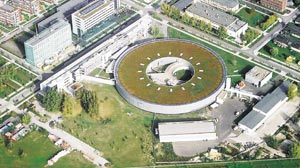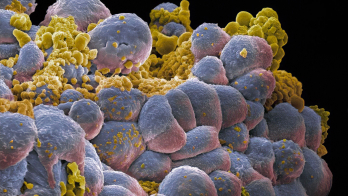
The BESSY synchrotron light source in Berlin has developed a technique to provide intense, steady-state, broadband coherent radiation in the far-infrared – or terahertz (THz) – spectral range. This region of the spectrum, close to the microwave region, has so far been difficult to use because the available sources were very weak, but there are many potential applications, for example in medical imaging and chemical “fingerprinting”. The breakthrough follows recent advances at the Jefferson Laboratory, where high-average-power broadband emission in the far-infrared was produced by synchrotron radiation from electron bunches in the free-electron laser.
Coherent far-infrared radiation can be produced as synchrotron radiation when the length of the electron bunches is comparable to that of the wavelength of the radiation. To produce these conditions the BESSY synchrotron must be run in a “low alpha” optics mode in which the length of the bunches and the shape are specially tuned. In this mode the bunches are typically 1 mm long, with up to 400 bunches stored in the ring at 2 ns bunch spacing. Measurements of the intensity of the coherent far-infrared radiation produced are 1000 times greater than a standard spectrometer mercury arc lamp, illustrating the advantage of the synchrotron source over a more standard thermal source.
Further reading
M Abo-Bakr et al. Phys. Rev. Lett. 90 094801-1








